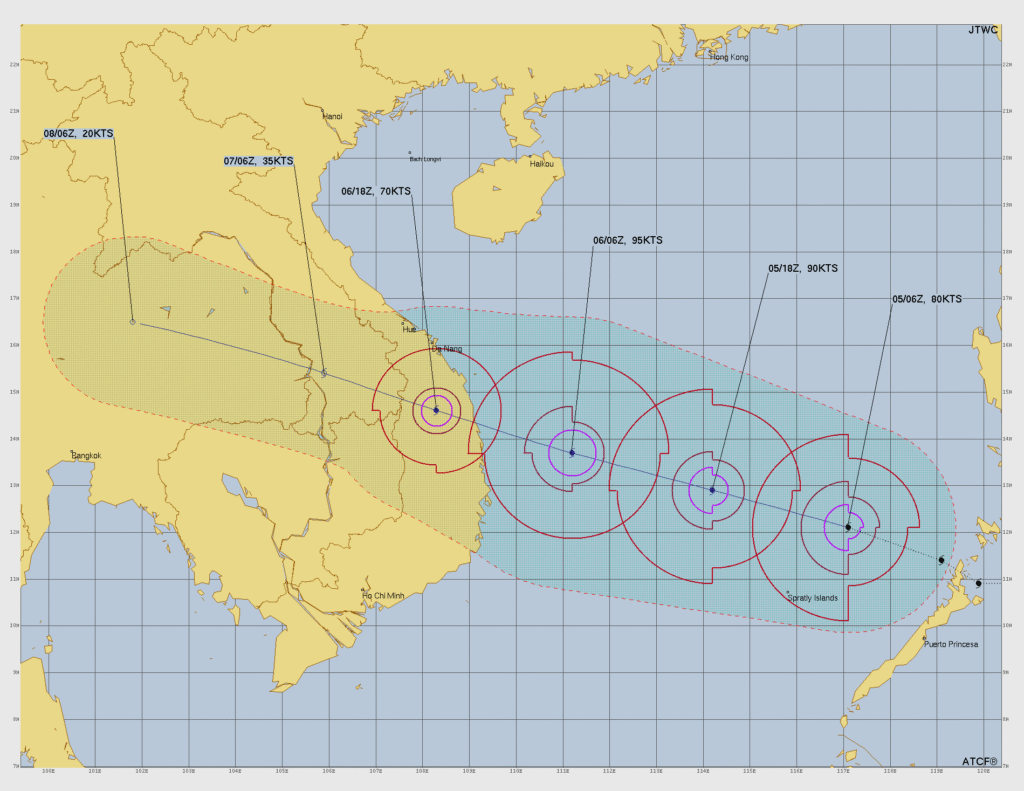Vietnam’s 2025 Typhoon Crisis
The 2025 Pacific typhoon season, defined by an unprecedented, relentless succession of severe storms including Wutip, Matmo, and Bualoi, has exposed Vietnam’s acute vulnerability to a rapidly changing climate. Driven by warmer oceans fueling stronger and wetter systems, this cluster has caused catastrophic, widespread flooding, particularly in central cities like Hue and Da Nang.
The environmental disruption has resulted in dozens of fatalities, the displacement of thousands, and estimated economic losses of $1.4 billion. This disruption severely impacted the tourism industry, especially in the UNESCO World Heritage sites of Hue and Hoi An, where record flooding submerged historic streets. This necessitated the emergency evacuation of approximately 40,000 tourists from low-lying hotels.
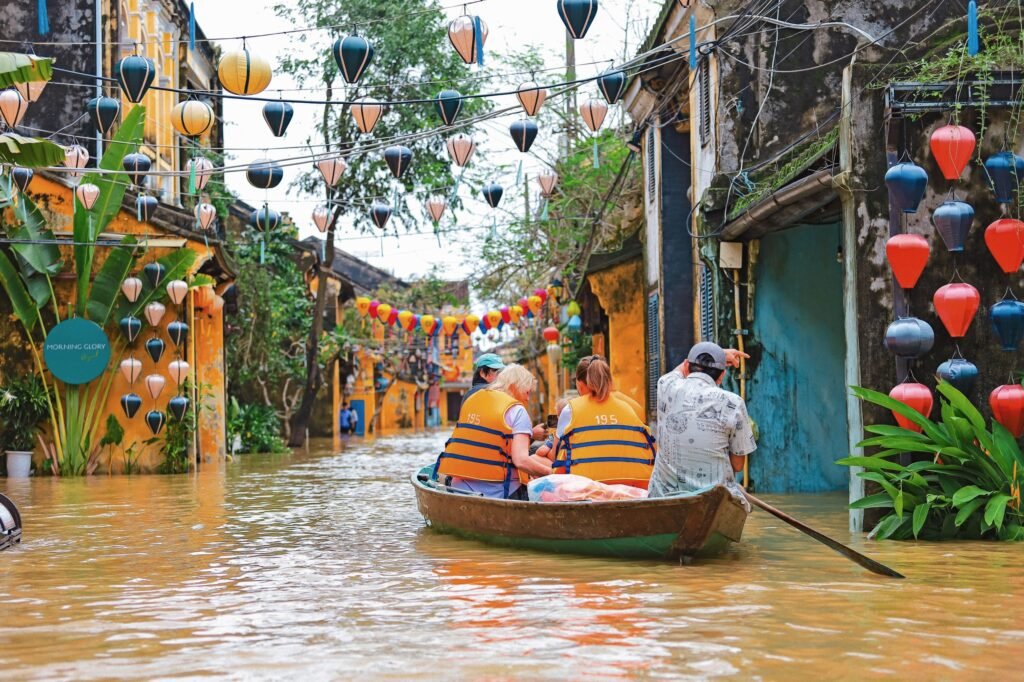
The overall vulnerability is amplified by urban overdevelopment, which has diminished natural flood buffers and overwhelmed outdated drainage systems. As the season nears its end, the powerful incoming threat of Typhoon Kalmaegi, forecast to bring up to 600mm of rain to already saturated regions, underscores the urgency of adaptation.
National Government’s Proactive Response
The Vietnamese government employs a high-level, proactive response centered on safeguarding human life and critical infrastructure. Key precautionary measures include timely and precise forecasting to issue nationwide alerts and mandatory mass evacuations of residents from high-risk coastal and landslide-prone areas before landfall. Authorities also strictly manage hydropower reservoirs to create essential flood storage capacity.
Post-disaster, military and public security forces are heavily mobilized for immediate rescue, relief aid, and the rapid restoration of critical infrastructure. These immediate reactions are coupled with long-term plans focused on building climate-resilient systems and enhancing adaptive capacity across the nation.
MICE Industry Adaptation for Business Continuity
Parallel to the government’s efforts, Vietnamese MICE operators manage the annual June-to-November typhoon season with a highly efficient, multi-layered strategy designed to ensure event continuity and the absolute safety of participants. This approach moves beyond simple reaction to embed proactive resilience into every stage of planning.
A cornerstone of this efficiency is geographical diversification and flexible planning. Operators engage in meticulous, real-time weather monitoring, anticipating high-risk periods, especially along the vulnerable central coast (Da Nang, Hue). When a major storm is forecast, they prioritize immediate, penalty-free venue and date shifts, often relocating entire events to meteorologically safer hubs like Ho Chi Minh City or Hanoi. This preemptive relocation minimizes disruption and avoids costly, last-minute cancellations, transforming the nation’s diverse geography into a risk mitigation tool.
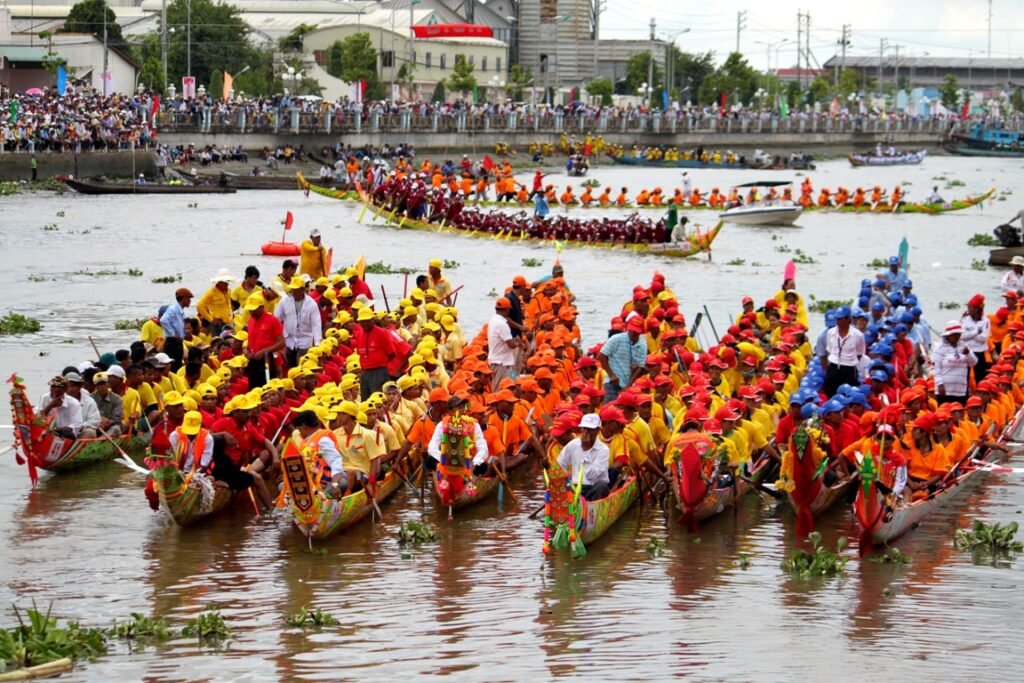
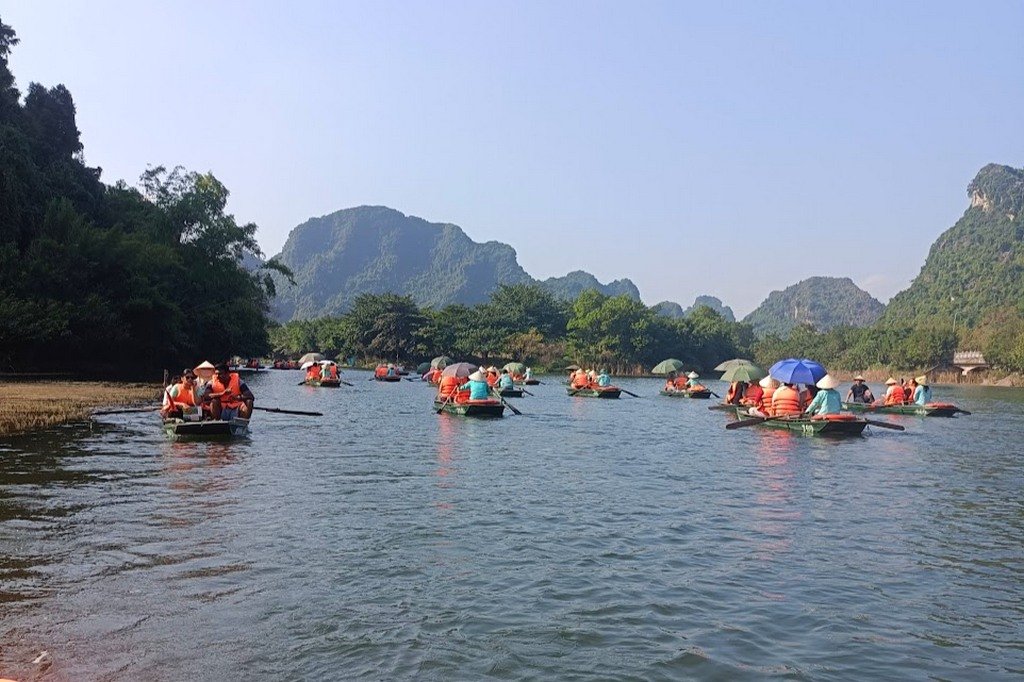
Operational security relies heavily on infrastructure resilience and robust protocols. Venue selection is strictly vetted, focusing on modern properties built to withstand severe weather, equipped with reliable utility backups and large-scale emergency generators. Event planners embed comprehensive Disaster Risk Management (DRM) protocols into every contract and plan. These mandatory procedures detail clear, pre-arranged evacuation routes, secure alternative transportation and accommodation partners, and mandate staff training on emergency response to handle mass movements efficiently.
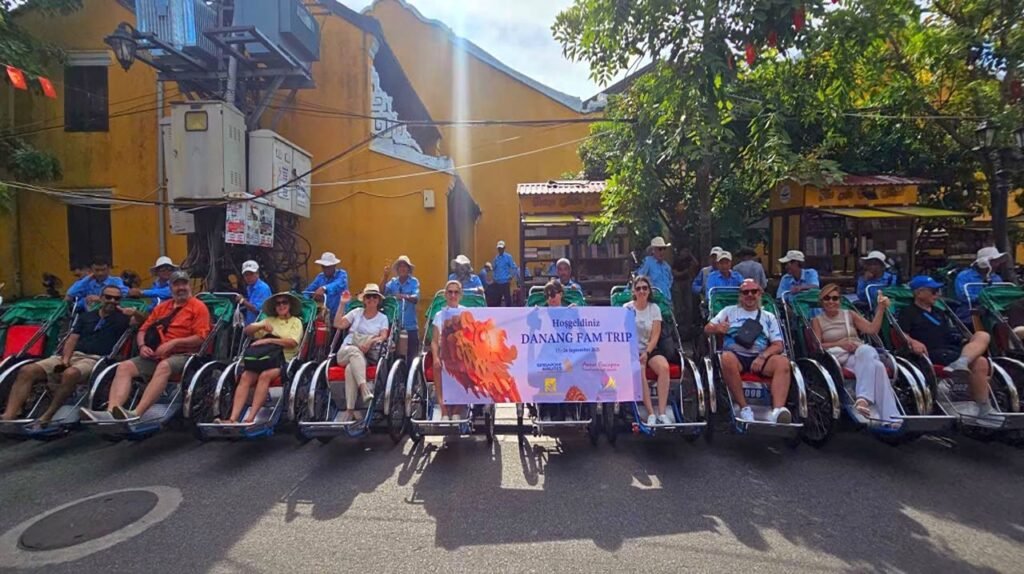
Crucially, communication and transparency are non-negotiable. MICE teams maintain continuous, transparent communication with international clients, local government authorities, and service providers. This allows for rapid, data-driven decision-making based on accurate local advisories. By transforming climate volatility into an exercise in professional, organized continuity, the Vietnamese MICE industry reinforces its reputation as a reliable and premier destination for international business travel, building client confidence despite the seasonal weather risks.
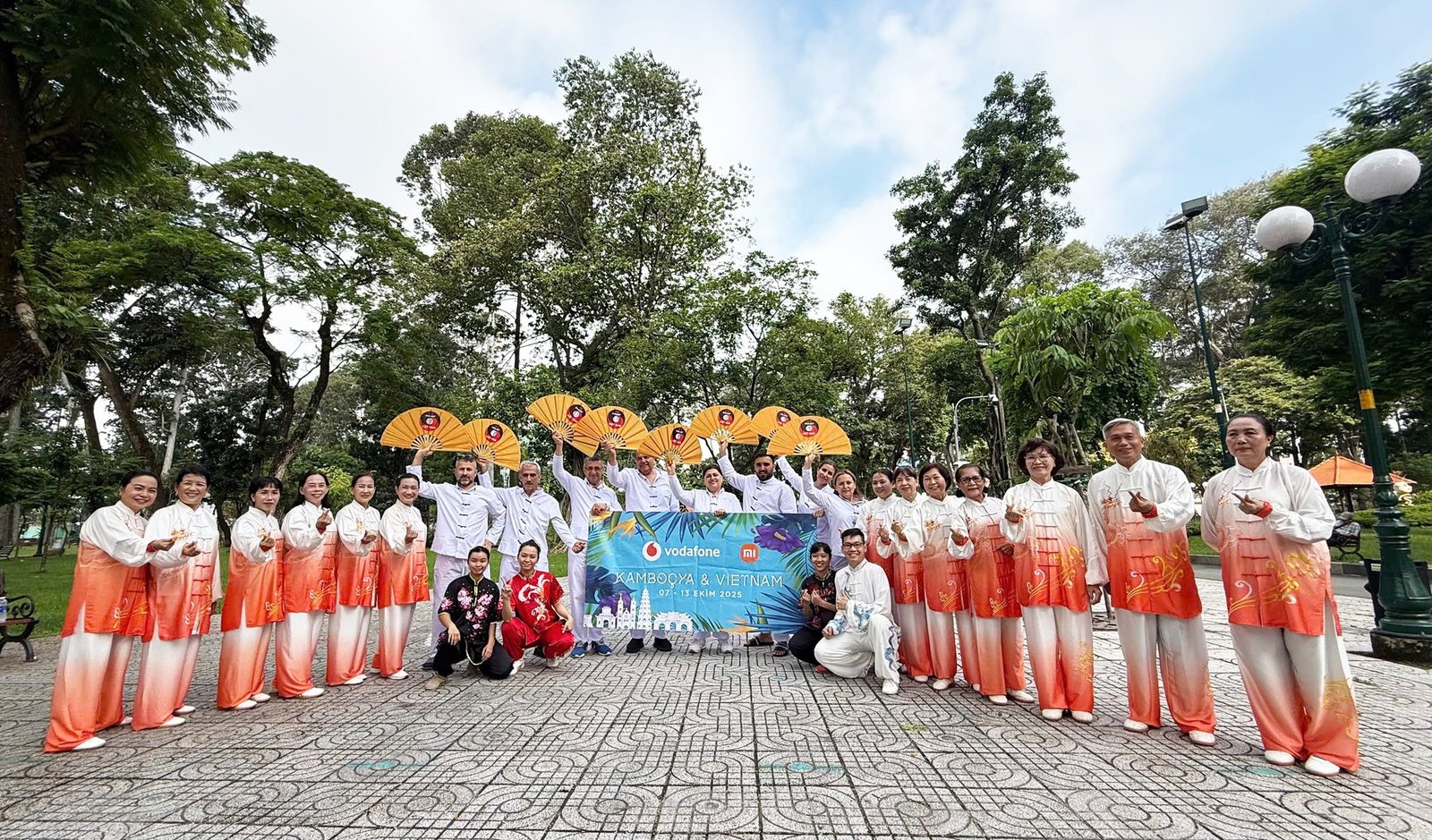
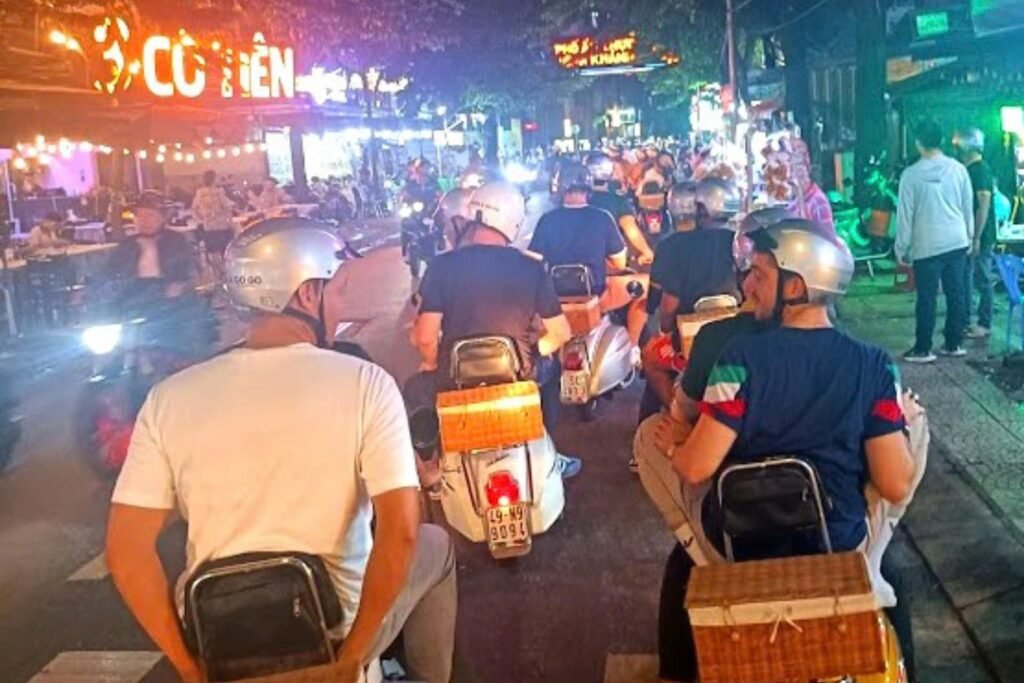
Building Confidence in Climate Resilience
Despite the inherent and growing climate risks, the commitment of Vietnam’s MICE sector to proactive adaptation paints an optimistic picture for the future. By continuously investing in advanced predictive technologies, resilient venues, and robust, flexible operational frameworks, the industry is transforming climate challenge into a competitive advantage. This unwavering focus on safety and continuity means that even as the storms grow stronger, Vietnam is building a reputation not just for its stunning destinations and cultural richness, but for its professional ability to host world-class events, ensuring its place as a reliable and premier destination for international business travel well into the future.

